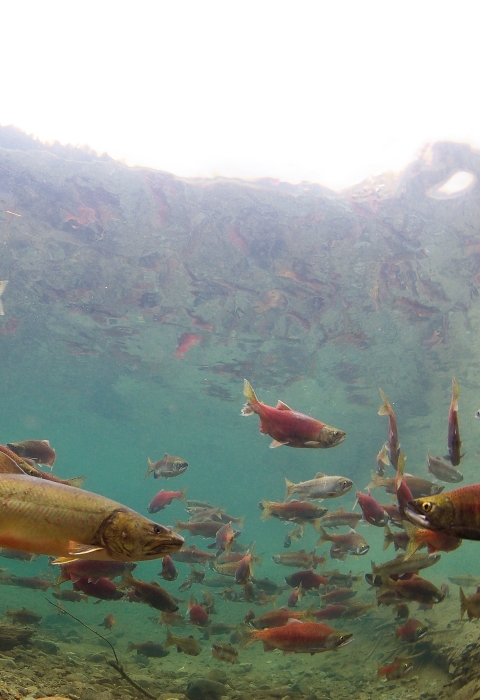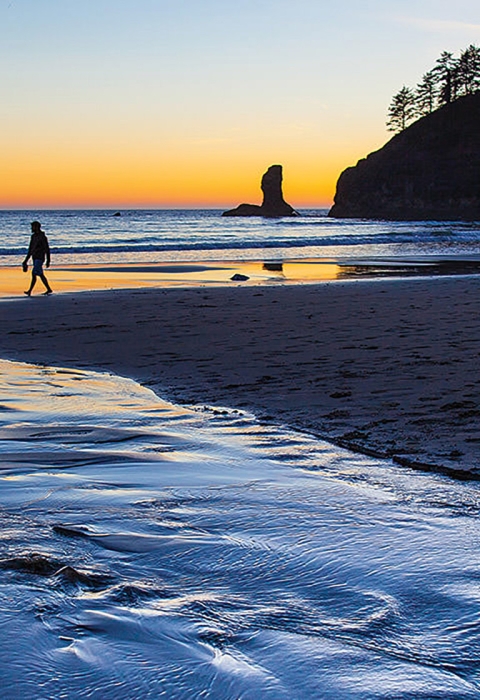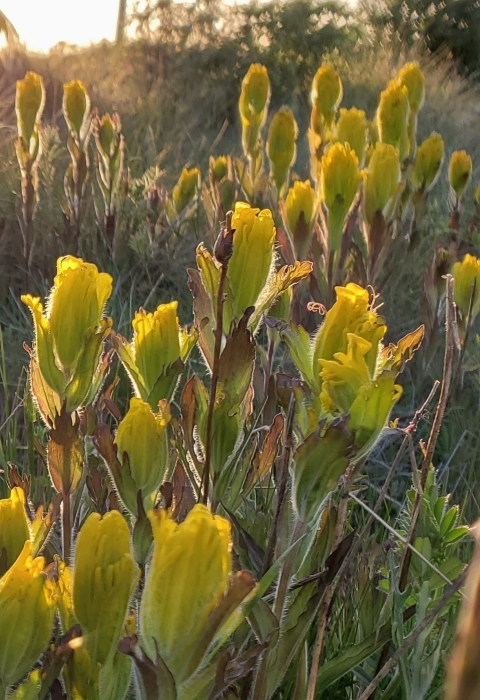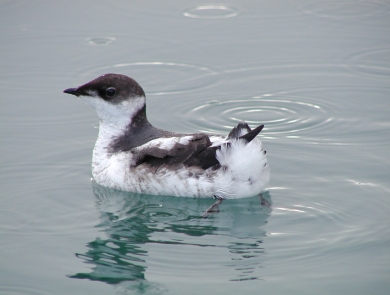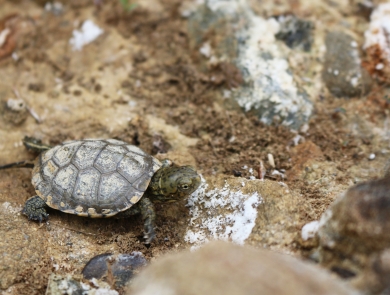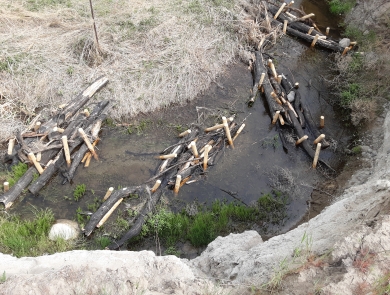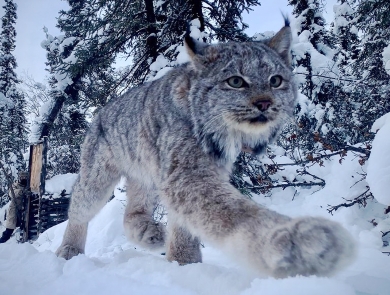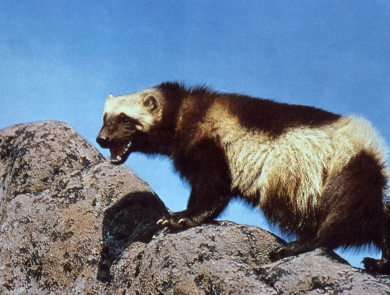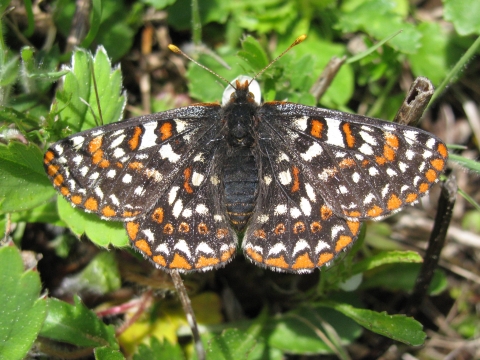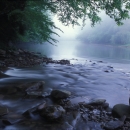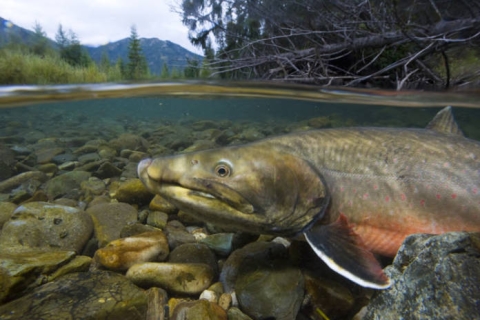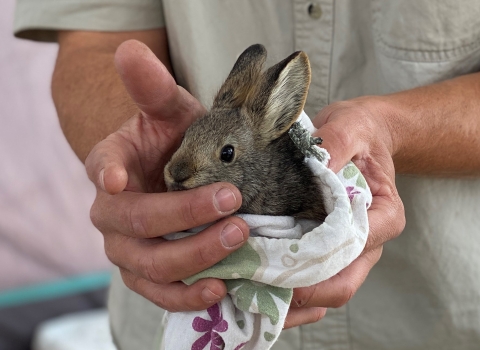About Us
The Washington Fish and Wildlife Office and its field offices throughout the state are part of the U.S. Fish & Wildlife Service's Ecological Services program. This program works closely with our partners to conserve the nation's fish, wildlife, plants and habitat by providing national leadership for the conservation of species and their habitats under the authorities of the Endangered Species Act, the Fish and Wildlife Coordination Act, the Coastal Barrier Resources Protection Act, the Clean Water Act and more.
What We Do
At the Washington Fish and Wildlife Office we:
- Conserve coastal areas and wetlands
- Restore natural resources injured by hazardous substances
- Conduct environmental reviews of federal projects
- Recover candidate, threatened, and endangered species
- Review the status of species to determine if they should be listed under the ESA
- Foster conservation and assist voluntary habitat conservation and restoration
Explore some of the key conservation work we're conducting in Washington.
Our Organization
Our Species
The Washington Fish and Wildlife Office works with many threatened and endangered species. Explore what species currently stand at the forefront of our recovery work.
Projects and Research
From tamping down on invasive species invasive species
An invasive species is any plant or animal that has spread or been introduced into a new area where they are, or could, cause harm to the environment, economy, or human, animal, or plant health. Their unwelcome presence can destroy ecosystems and cost millions of dollars.
Learn more about invasive species like giant knotweed to protecting endangered species like the Mazama pocket gopher, find out what kind of projects and initiatives we're conducting throughout the state.
Get Involved
Whether you want to further conservation, learn more about nature or share your love of the outdoors, the U.S. Fish & Wildlife Service provides many opportunities for you to help your community and fish and wildlife by doing what you love.
